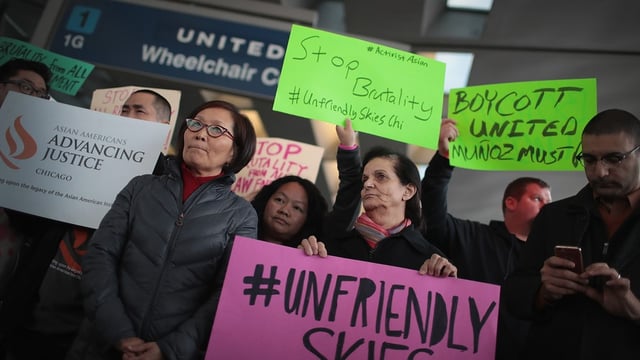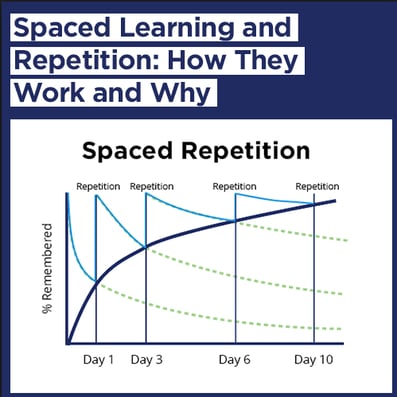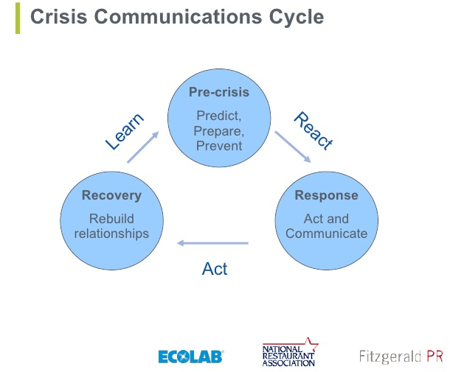First semester news was wrought with the airline industry’s mishandling of customers drawing a storm of undesired attention. With its fair share of negative brand reputation debacles the industry is in full post-crisis mode. Following the Flight 3411 incident, United quickly took to firing employees and delivering public statements in hopes to control its brand crisis from the flood of negative media headlines. Three weeks after the Review and Action Report was finally published and entered the newstream.

The Top 10 actions include ways to control the impact of crises on brand reputation through additional annual employee training and giving customer incentives to assuage highly-heated moments. The ultimate goal of the action plan is to build a proactive company culture to protect brand reputation. The question does lie, however, have they reacted effectively and quickly enough to the three-week stream of rising scrutiny?
 Source: MarketWatch
Source: MarketWatch
Airlines continue to suffer greatly from a string of recorded and heavily covered events, including multiple overbookings leading to forceful ejections of paying customers.
In the wake of these events, a few questions about crisis management and brand reputation come in to play:
Did United adequately prepare and consider the magnitude of each public statement that was made? Could Delta have taken a proactive step in employee retraining in light of media pressure? How can companies proactively prepare themselves for a reactive crisis situation? Can all employees receive adequate training in situations that call for instantaneous and judicious decision making balanced with procedural post-event brand reputation management?
These questions are all valid and shine light on the necessary training and action plans companies around the world should invest in and develop, ultimately ensuring employees are well-equipped in real-time crisis situations and post-crisis responses.
What Do Executives Think About Brand Reputation Management in times of Crisis?
Experienced executives tend to have decades of experience and crises under their belts. Contrary to popular belief, most executives actually expect crisis situations, whether internal or external facing.
A Deloitte study on brand reputation shows that “Companies are concerned about the consequential effects that escalating reputational issues can have,” said Harvey Christophers, national Managing Partner Risk Services Deloitte. “Almost 90% of executives rate reputation risk as more important or much more important than other strategic risks their companies face. And, 88% say they are explicitly focusing on managing reputation risk, with more than half investing in brand monitoring tools, crisis management and scenario planning to do so.”
Despite this, it has still taken time to adopt crisis management and brand reputation management planning into company strategy. The ODM group, researched the topic and found the following:
- 59% of business decision makers have experienced a crisis in their professional career
- Only 54% of companies have a developed crisis plan in place
- Nearly 50% of executives cite lack of need, cost, and time as main barriers
- 65% of respondents feel that social media makes crises more difficult to manage
- ALL sectors of a company, from employees to customers and the board, can be targeted
Social media and the rapid dissemination of news has influenced executives to take crisis management and impact on brand reputation more seriously. Although still a challenge, organizations are realizing that the consequences of a crisis is much costlier than investing in a structured crisis management training program and plan of action.
Crisis Training and Action Plan Fundamentals
Airlines are in a unique situation where messages propel across media and mobile channels, influencing brand reputation. Social media, digital advertising, and more traditional channels are all active. When companies reach this level of scale, brand reputation and crisis management communication guidelines are developed that allow for quick reactions, accuracy, and to create consistency.
To prepare and react to a crisis situation, there should be both fundamental training provided and an effective and quickly deployable retraining that can parlayed and scaled to all employees of an organization – particularly those in direct contact with clients and customers.
- Core Training Fundamentals
Core training should be provided through a customizable, engaging, and ideally spaced learning medium. The benefits of such a training structure will drive engagement and retention,including long-term retention, and adapt to accommodate different learning needs.
In fact, spaced learning, the process of extending training over time rather than cramming, has been proven to increase long-term retention by 200%. A comprehensive study on spaced learning done by Dartmouth University found the following:
- Spaced learning enhances memory, problem solving, and transfer of learning
- Spaced learning is more effective than learning that is grouped
- The timing of review/practice affects learning
 Source: Bottom-line-performance
Source: Bottom-line-performance
Mobile applications and digital solutions offer all of the above and can be applied, customized, and scaled rapidly to drive spaced learning and accommodate changes in strategy and objectives.
For airlines, these core training fundamentals should include pre-crisis, crisis response, and post-crisis strategies that focus on prevention just as much as preparation. From management down to customer service reps and flight attendants, everyone should be aligned. These protocol are often complex and rapidly evolving and should be taught using spaced learning principles for maximum effectiveness.
- Retraining and Emergency Refreshers
Despite core training fundamentals, it is always smart to retrain and refresh training initiatives to ensure retention and competency is met. In times of crisis, being able to create and deploy tailored training in a quick and effective way is critical.
The more employees aligned on a message and game plan, the less likely an employee will find themselves stuck in the middle of a public or social spectacle. This time sensitive strategy should utilize technology for speed and efficiency.
For airlines, this retraining technology will be generally welcomed. Adobe found that 85% of employees who feel that their company’s technology is ahead of the curve, say they love their jobs.
Goals of Crisis Training and Management
According to the Institute for PR, crisis management should be designed to prevent or lessen the damage a crisis can inflict on an organization and its stakeholders. Furthermore, crisis management can be broken down into three distinct stages.

- Pre-Crisis (Learning Phase)
Pre-crisis is technically now and the near future for organizations lacking a crisis management strategy. Crises can strike at anytime and should be treated as such. This stage should include training fundamentals and retraining in order to be prepared.
Topics included should include both internal and external crisis management. Internal crisis communications help mitigate employee stress and helps develop brand ambassadors that are equipped to give statements. Often overlooked, internal crisis management can benefit an organization greatly.
- Crisis (Response Phase)
This stage is critical as the actions and steps taken can severely impact the amount of damage done. The key steps should be to identify and understand the crisis, develop an action plan to combat the crisis, and then align and train staff to execute on the action plan. Sensitivity, reaction time, and accuracy are all important factors to align on in this stage.
- Post-Crisis (Recovery Phase)
The post-crisis stage is fragile and should be treated with a level of sensitivity. As seen with United, conflicting messages, tones, and reactions can lead to more backlash and outrage if not delivered properly and with public awareness in mind.
In the United case, the crisis itself could have been avoided with proper retraining and action. Their response could have also been improved, as it was often labeled as “falling short”, “too legalistic” and even “lacking compassion”. A bit more preparation and training in these situations could have helped.
Conclusion
Given recent high profile case studies that have developed from real life crisis management situations in the airline industry, companies should proactively develop a crisis communications and brand reputation management strategy and training program to execute it.
Proper employee training and proactive retraining will allow staff to act confidently as ambassadors to help drive crafted and strategic messages both internally and externally. These ambassadors will be the force behind a company’s reputation management strategy and can quickly improve a crisis situation.
Crisis situations should be viewed as a necessary part of doing business. By utilizing technology to train using spaced learning, educate, and drive communications strategies, companies can be best prepared to deal with a crisis when it hits home.





-1.jpg)
.jpg)

